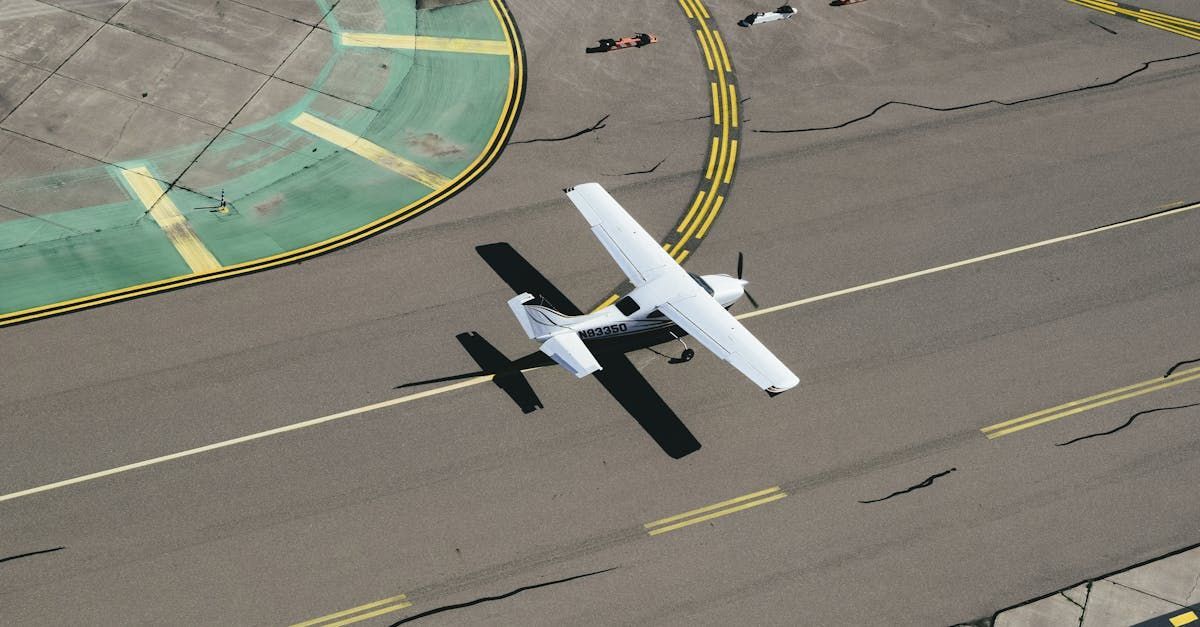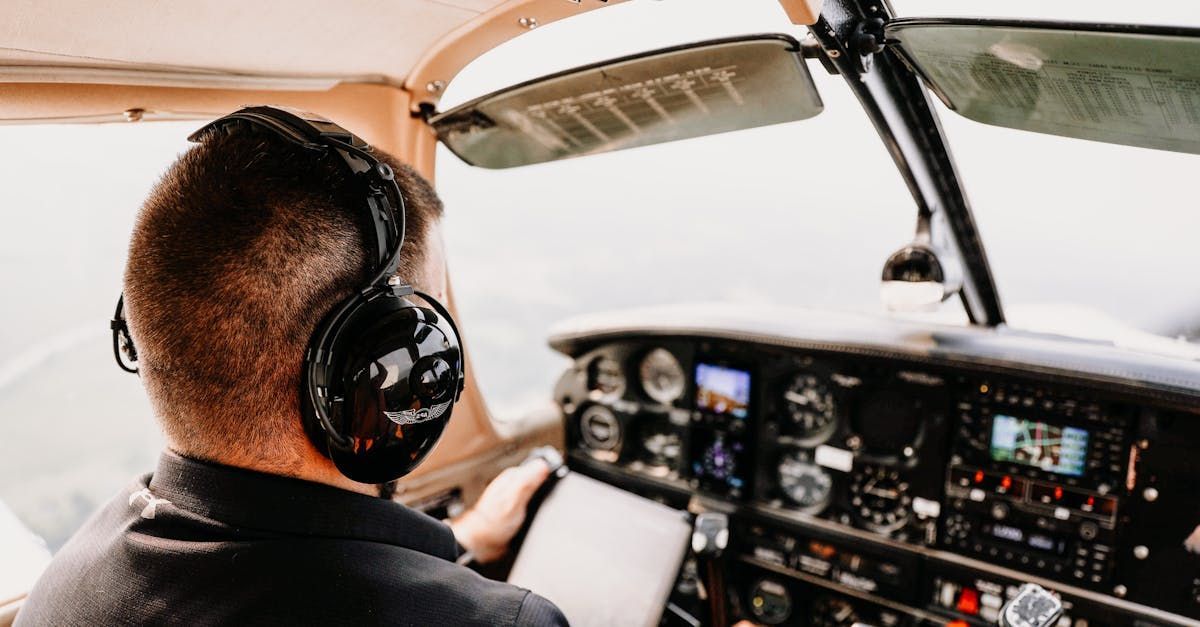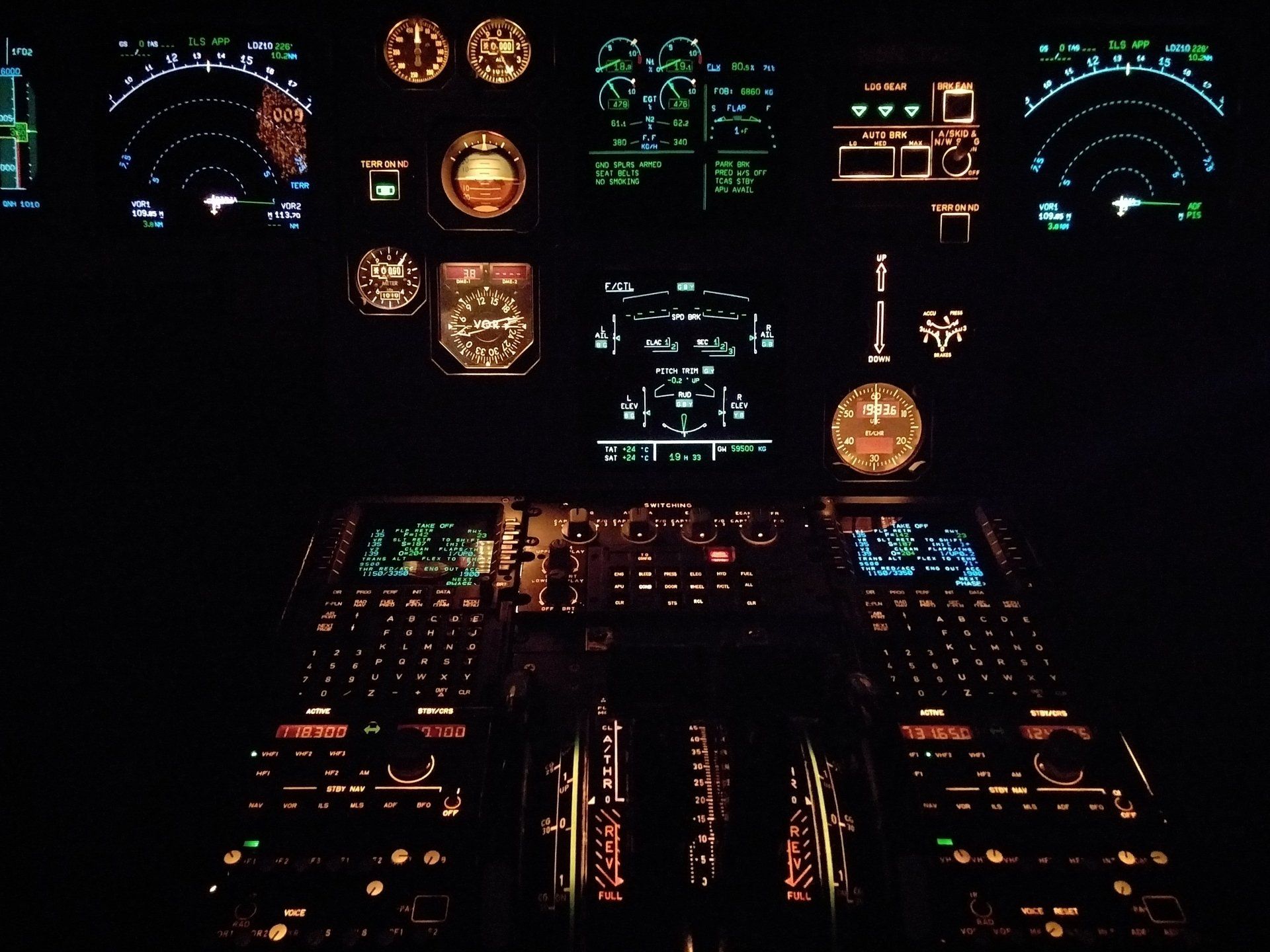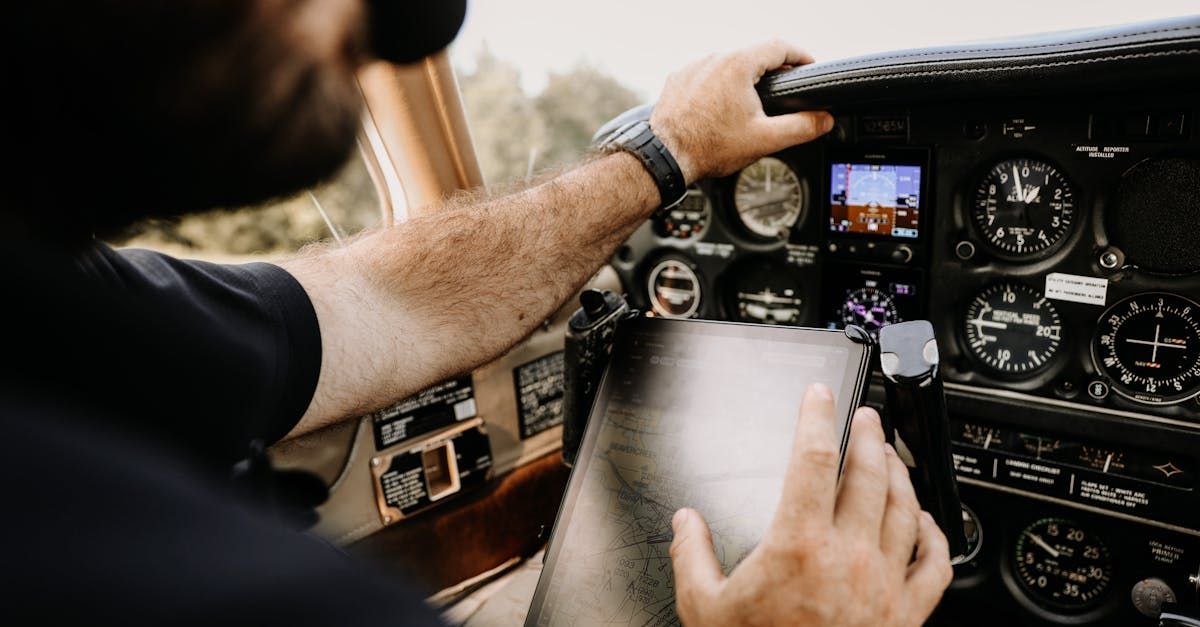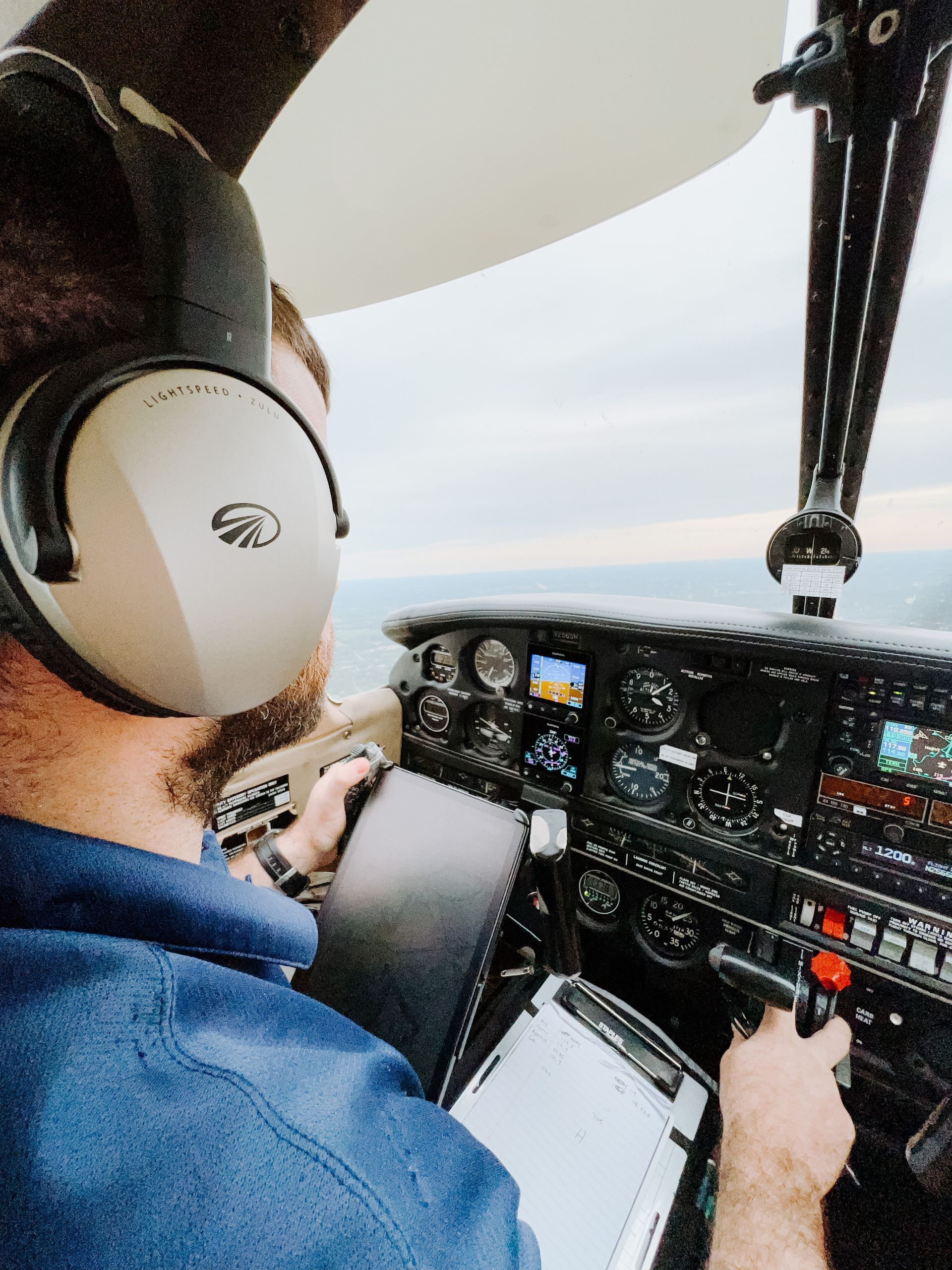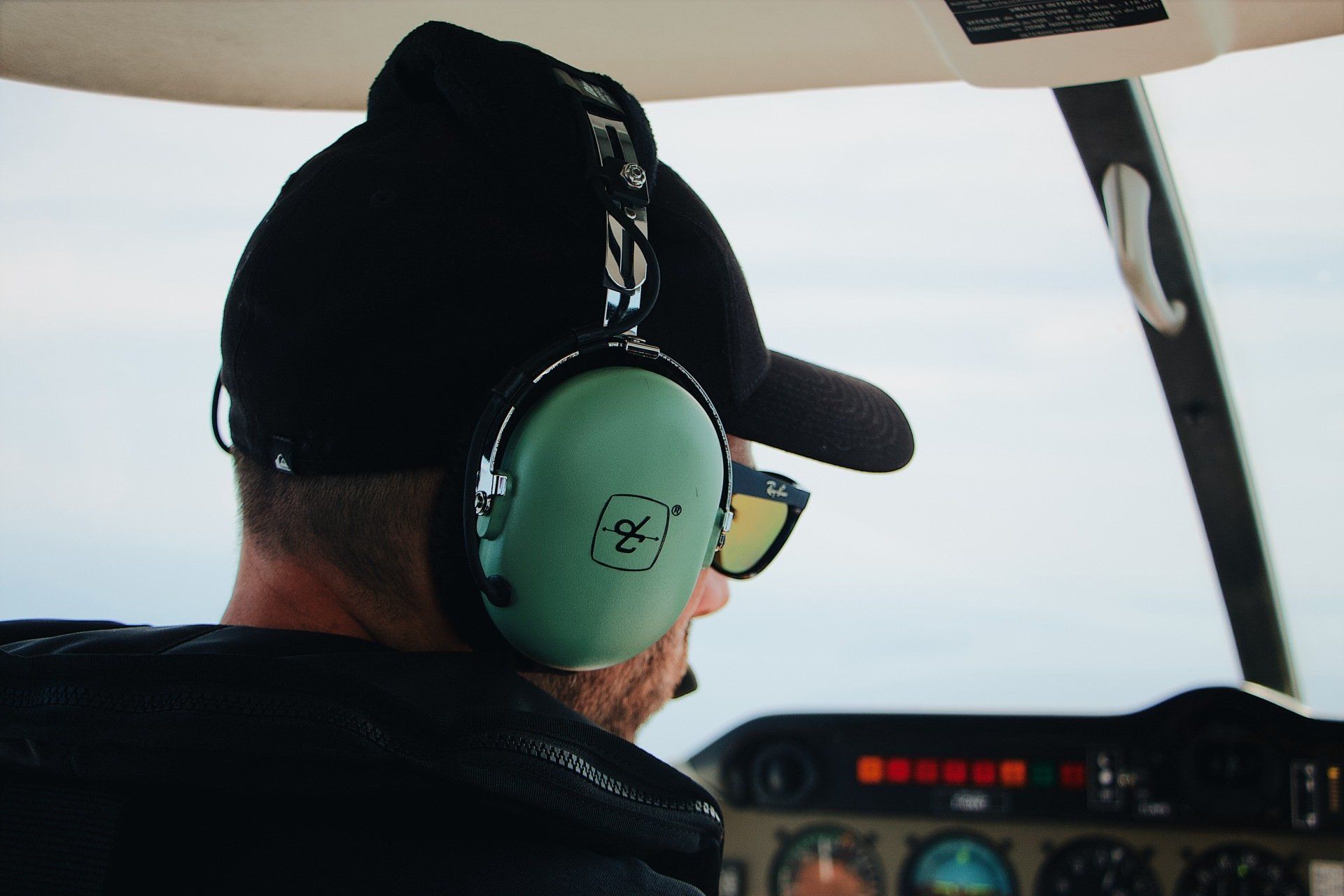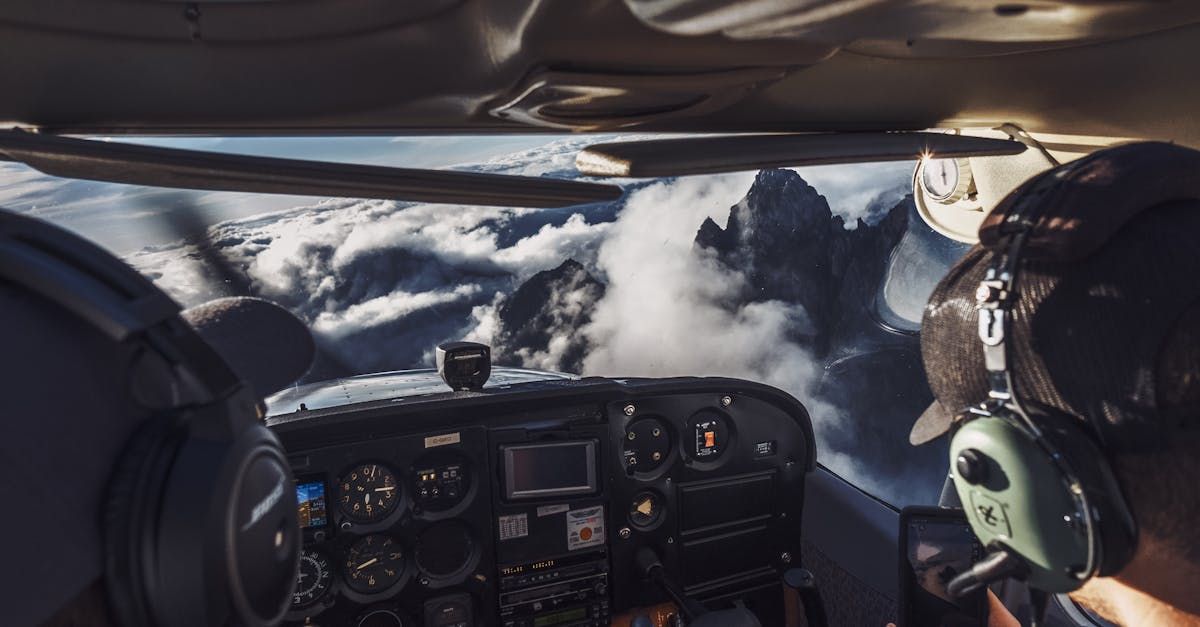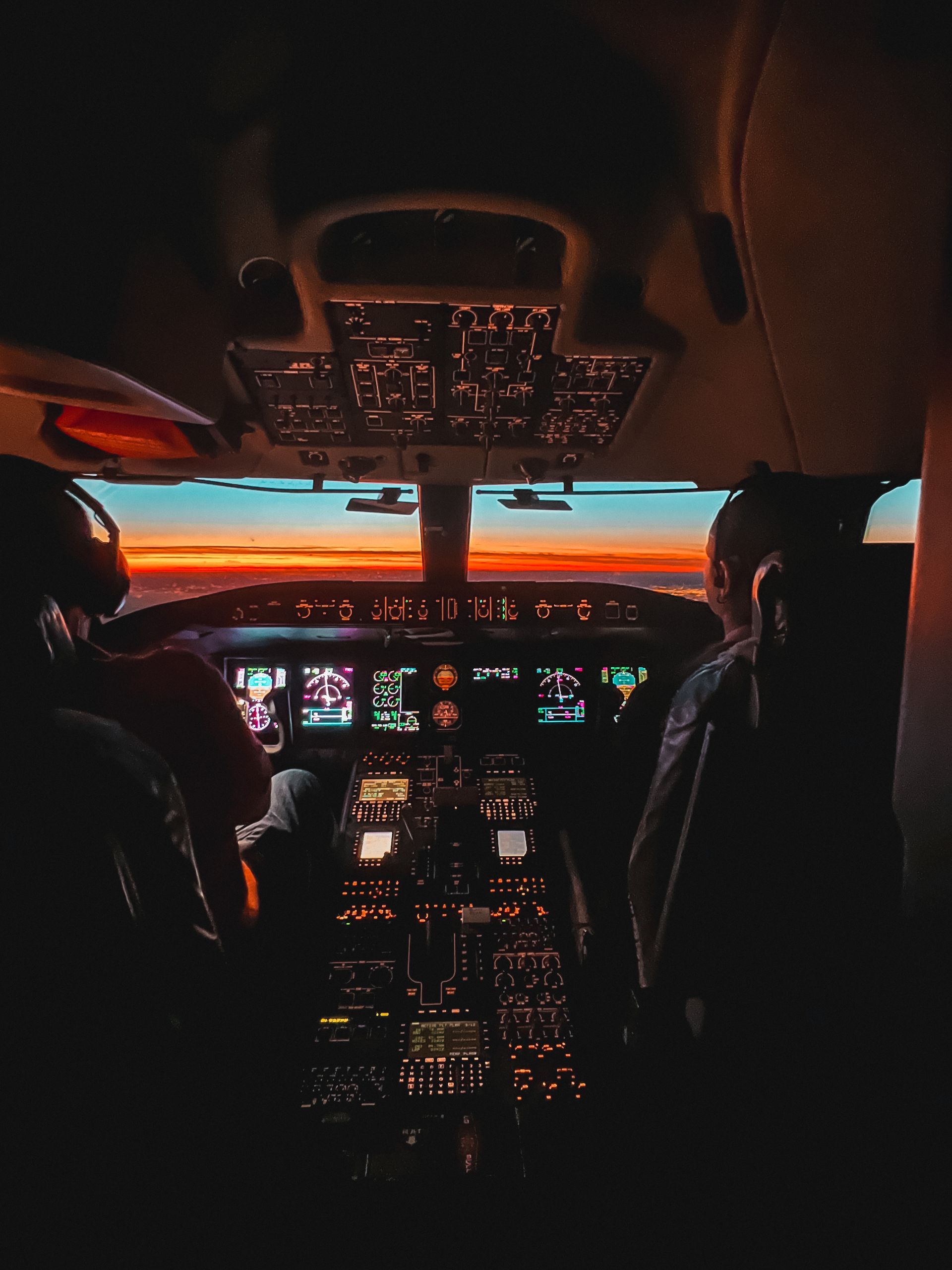Get your Private Instrument Flight Rating
DDAC is partnering with Australia’s most experienced Private IFR Flight School
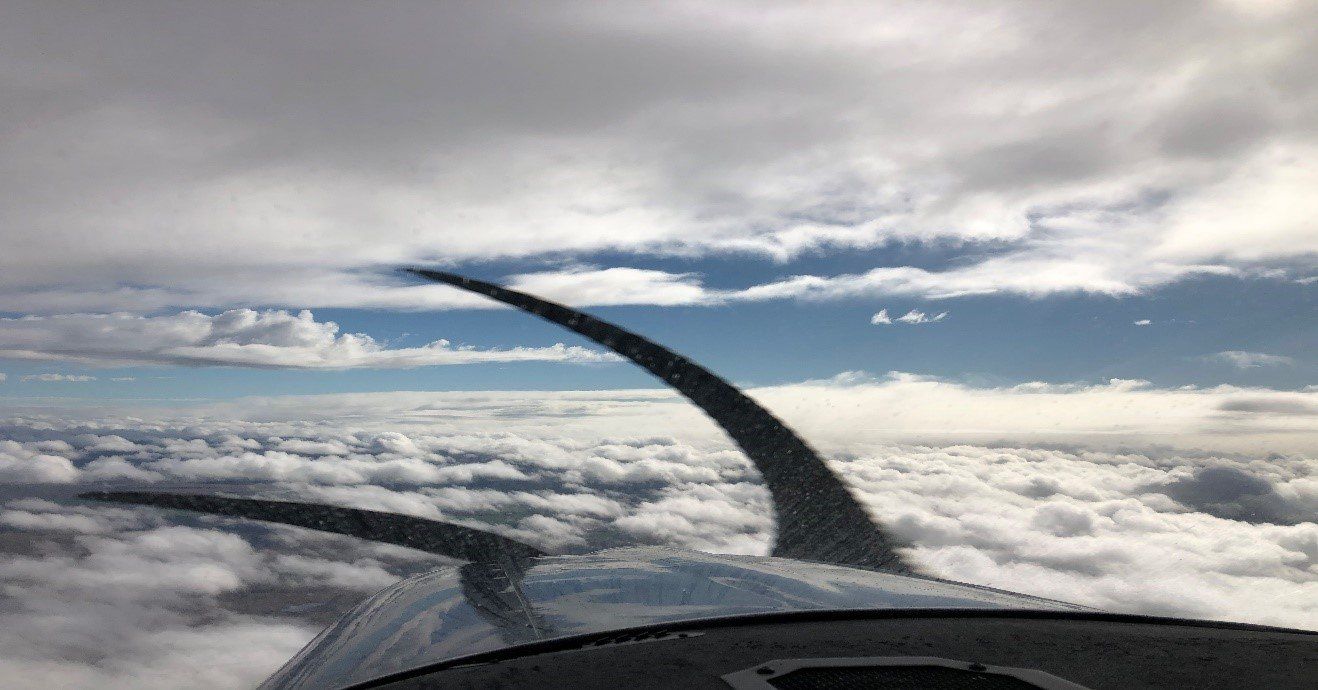
We are excited to announce that DDAC is partnering with Australia’s most experienced Private IFR Flight School, Avalon Air Services (AAS) based at Redcliffe, Queensland. AAS is the best in the business having trained the first Private Instrument Flight Rating (PIFR) ever issued in Australia and now have over 300 successful ratings. Cameron Ross is their Head Of Operations and has over 5000 hours in instrument rating training, the majority of which has been in PIFR. Cameron has developed a unique syllabus and his own CASA approved aeronautical knowledge examinations. In addition, he is also an approved CASA flight examiner for the issue of the rating.
Our new Head of Operations at DDAC, Bram Green has worked extensively with Cameron and has significant experience in training for the PIFR using the AAS syllabi and training work cycles. We are excited that we can now bring the best of both organisations together to deliver PIFR training at DDAC in Toowoomba. Under this unique and innovative approach, AAS will provide the aeronautical knowledge training via remote learning and DDAC will conduct all flight training and ground briefings using the AAS syllabi.
Flight training can be completed at DDAC in YTWB or remote locations depending on availability. Cameron Ross will conduct the PIFR flight test on conclusion. It is expected the ground theory and examination will take 5 days and the flight training and test a further 10 days. Full time is recommended but it could be completed in blocks of 5 days.
Why would you want to consider doing a PIFR?
Have you ever wanted to get away whilst that cloud base was a little low, knowing your destination was wide open? Or know that you can depart in VMC but there are some showers and low cloud forecast for your arrival? Well the Private IFR is made for these situations.
What is the PIFR?
The PIFR is a “building block” rating which can be tailor made to suit the pilot. The initial issue is an enroute rating which allows for an IFR plan to be filed with the pilot needing to operate below Lowest Safe Altitude in VMC (ie the take off and landing stages), but can operate enroute above Lowest Safe Altitude in IMC.
Endorsements can be added (either at initial issue or later), which include:
- Instrument Departure
- RNP2D Approach (a GNSS approach to instrument minima)
- Night which allows the holder to fly at night under IFR (Recommended on the first flight review following initial issue)
Whist other endorsements can be added, those above will allow the pilot to operate safely in most scenarios under private IFR operations.
What are the requirements to obtain a PIFR?
- A minimum PPL licence
- Course of training which consists of minimum of 20 hours instrument flight time with a qualified instructor
- Aeronautical knowledge theory exam which can be one of:
- IREX
- CASA delivered PIFR exam
- Approved flying school exam
What time frames are involved?
It is strongly recommended that the candidate completes the rating full time over three weeks. The ground theory and written exam usually takes 5 days and the flying training and flight test can typically be completed in 10 days. An alternative is to do three, 5 day blocks.
What aircraft can I use?
DDAC owns or has access to some excellent IFR trainers including our G1000 C172, C182RG or a C210. If the candidate wishes to include an ME endorsement, this can be completed in the BE58. Alternatively, owners may wish to use their own aircraft. Of course, they will need to be certified for IFR, in Airwork or Charter and appropriate insurance notations made.
How much does it cost?
Estimated costs for the PIFR are outined in the table below. Please note:
- The estimated cost will reduce if your own aircraft is provided.
- Instructors are provided on a premium day rate basis i.e., dedicated for the entire period. This includes all briefings, debriefs, and flight training.
- All costs are estimates and subject to change without notice. Actual cost may differ because all training is competency based and depends on individual pilot's ability.
| Item | Rate | Cost |
|---|---|---|
| 5 day Ground School | $600/day | $3000 |
| 10 days Flight Training | $600/day | $6000 |
| 25hrs Private Aircraft Hire C172S | ~ $265/hr | $6625 |
| Flight Test | ~ $900 | $900 |
| Total from | $16,500 |
Any other questions?
Contact Bram by clicking on the button below to send him an email. Alternatively, give us a call.


